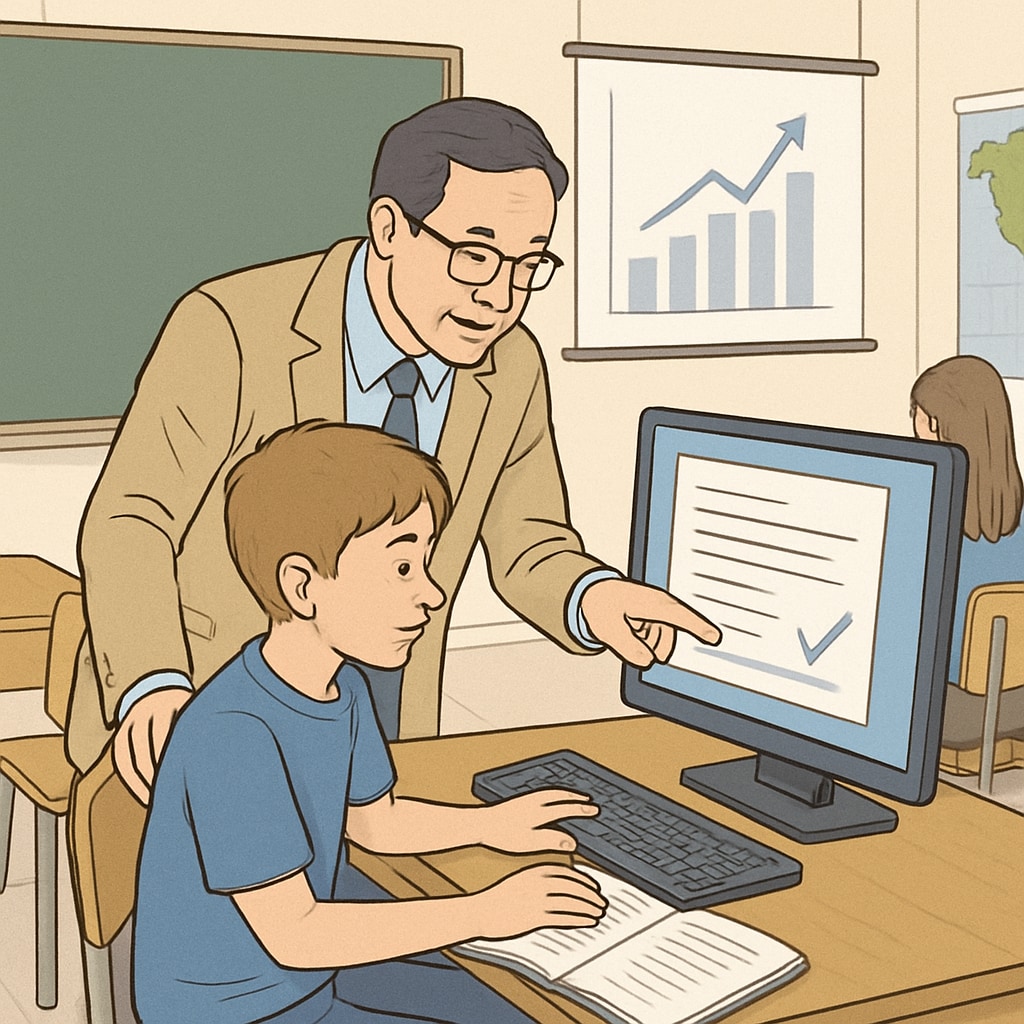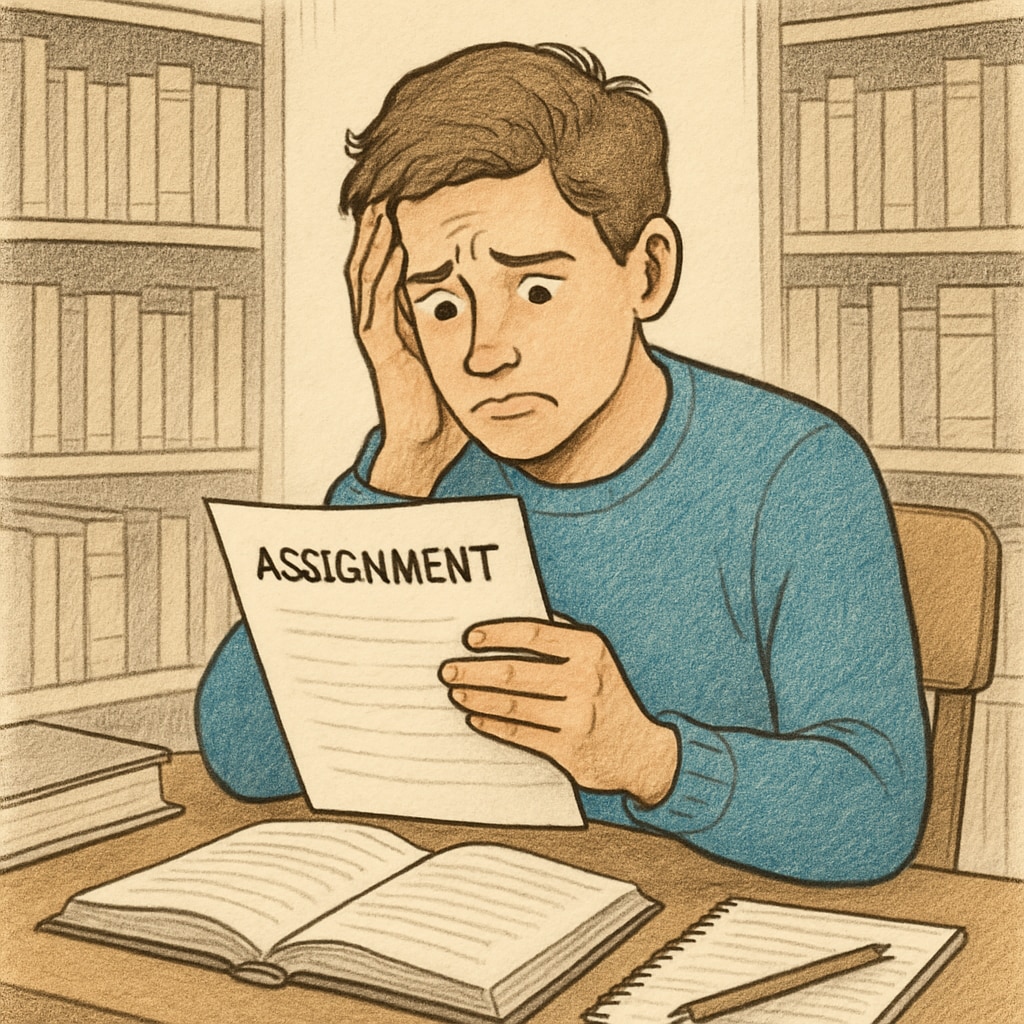Plagiarism accusations are serious, but what happens when a professor wrongly accuses a student of such behavior? In K12 education, misjudged plagiarism cases can undermine trust between students and educators while also raising concerns about fairness and academic integrity. These instances highlight the need for balanced and transparent evaluation mechanisms within educational institutions.
Understanding the Causes of Misjudged Plagiarism
Misjudgments often occur due to a variety of factors, ranging from the use of automated plagiarism detection tools to subjective biases. These tools, while efficient, are not infallible and can misidentify common phrases or properly paraphrased content as plagiarized. Furthermore, educators may sometimes rely on their instincts or preconceived notions about a student’s capabilities, leading to biased accusations.
Other contributing factors include:
- Lack of clear guidelines for what constitutes plagiarism.
- Insufficient training for educators on using plagiarism detection tools.
- Overreliance on technology without manual verification.
- Miscommunication between students and teachers regarding assignment expectations.
To address these issues, it’s crucial to understand not only the technical limitations of detection tools but also the human factors involved in the assessment process.

Impact on Students and the Education System
Being wrongly accused of plagiarism can have a profound impact on a student’s academic journey. Such accusations can damage a student’s reputation, lower their self-esteem, and foster a sense of mistrust toward the educational system. For younger students in K12 education, the psychological toll can be particularly significant, as they may not yet possess the skills to defend themselves effectively.
On a broader scale, these incidents can erode the credibility of the education system. Students and parents may begin to question the fairness of academic evaluations, undermining the institution’s role in fostering intellectual growth. Additionally, wrongful accusations can divert resources and attention away from genuine cases of academic dishonesty, weakening the integrity of the system as a whole.

Solutions for Promoting Fair Assessment Practices
To prevent misjudged plagiarism accusations, schools and educators must adopt comprehensive strategies that prioritize fairness and transparency. Some effective measures include:
- Clear Guidelines: Establishing detailed criteria for what constitutes plagiarism and sharing these with students at the start of the academic year.
- Educator Training: Providing teachers with training on how to use plagiarism detection tools responsibly and interpret their results accurately.
- Manual Verification: Encouraging educators to manually review flagged content rather than relying solely on automated tools.
- Open Communication: Creating a platform for students to discuss concerns or clarify misunderstandings about assignments.
- Appeal Mechanisms: Implementing fair and accessible processes for students to contest plagiarism accusations.
By integrating these practices, educational institutions can create an environment where academic integrity and fairness coexist harmoniously.
The Role of Technology in Supporting Fair Judgments
While technology plays a crucial role in detecting plagiarism, it should not serve as the sole determinant of academic misconduct. Advanced systems can be integrated with human oversight to enhance accuracy. For instance, AI-powered tools could provide context-sensitive analyses that educators can review manually before reaching a conclusion.
Moreover, technology can be used proactively to educate students about plagiarism. Interactive tutorials, plagiarism checkers for student use, and real-time feedback on assignments can help students understand proper citation practices and avoid unintentional mistakes.
Ultimately, a balanced approach that combines technological innovation with human judgment is essential for fostering academic integrity without compromising fairness.
Conclusion: Striking the Balance Between Integrity and Fairness
Wrongful accusations of plagiarism in K12 education highlight the need for a nuanced approach to academic integrity. By addressing the root causes of misjudgments and implementing fair assessment mechanisms, educators can build trust and promote a culture of honesty and transparency. As a result, both students and teachers can thrive in an environment that values not only academic excellence but also justice.
Striking this balance is not just a matter of policy—it’s a commitment to nurturing the next generation of ethical and critical thinkers.
Readability guidance: Use short paragraphs and bulleted lists to summarize key points. Incorporate transition words to maintain flow and clarity. Ensure a balanced mix of active voice and concise sentence structures.


